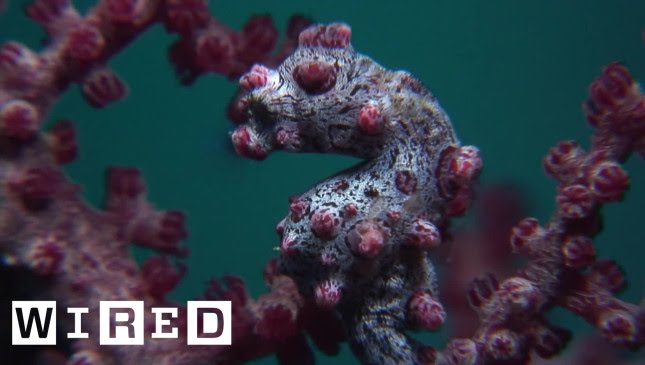The Future of Sanitation and Waste Management in New York City
Summary
In this article, we explore the current state of sanitation and waste management in New York City, including the Department of Sanitation’s operations and goals. We also discuss emerging technologies and solutions for reducing waste and making a sustainable impact.
Table of Contents
- The Department of Sanitation’s Operations
- The Final Disposition of Waste
- The Future of Sanitation and Waste Management
- Reducing Waste at the Source
The Department of Sanitation’s Operations
New York City is a bustling metropolis that generates a lot of trash. The Department of Sanitation’s main goal is to route efficiently, with 7,100 routes dispatched per week to cover 6,300 linear miles, serviced by a fleet of 6,500 vehicles. The DSNY encourages residents to sort their waste into regular garbage, paper, and metal, glass, and plastic. The garbage is compacted by a piston in the truck, and most trucks can hold between 10 and 12 tons of garbage.
The Final Disposition of Waste
The refuse and recycling are taken to one of five transfer stations, four of which are marine transfer stations, while the fifth is a rail transfer station in Staten Island. The final disposition of the waste is either a landfill operation or a waste-to-energy facility, with some waste going to northern parts of New York, Ohio, or Virginia. However, 60-70% of trash still ends up in landfills, making the future of sanitation and waste management a pressing concern.
The Future of Sanitation and Waste Management
One solution to reducing waste is anaerobic digestion, which involves using a giant stomach-like digester filled with microbes to break down organic waste and food scraps. Emerging technologies like wastey volumizers and hydrators are also being developed to remove water from waste, making it more nutrient-dense and reducing greenhouse gases.
Reducing Waste at the Source
Despite these innovations, there will always be a need for sanitation departments to keep streets clean and collect recyclables. However, reducing waste at the source is crucial to making a sustainable impact. This includes initiatives like composting, reducing single-use plastics, and promoting sustainable living practices.
Conclusion
In conclusion, New York City’s Department of Sanitation plays a crucial role in keeping the city clean and managing waste. However, with the majority of trash still ending up in landfills, it’s important to explore and implement new technologies and solutions for reducing waste at the source and making a sustainable impact on the environment.







